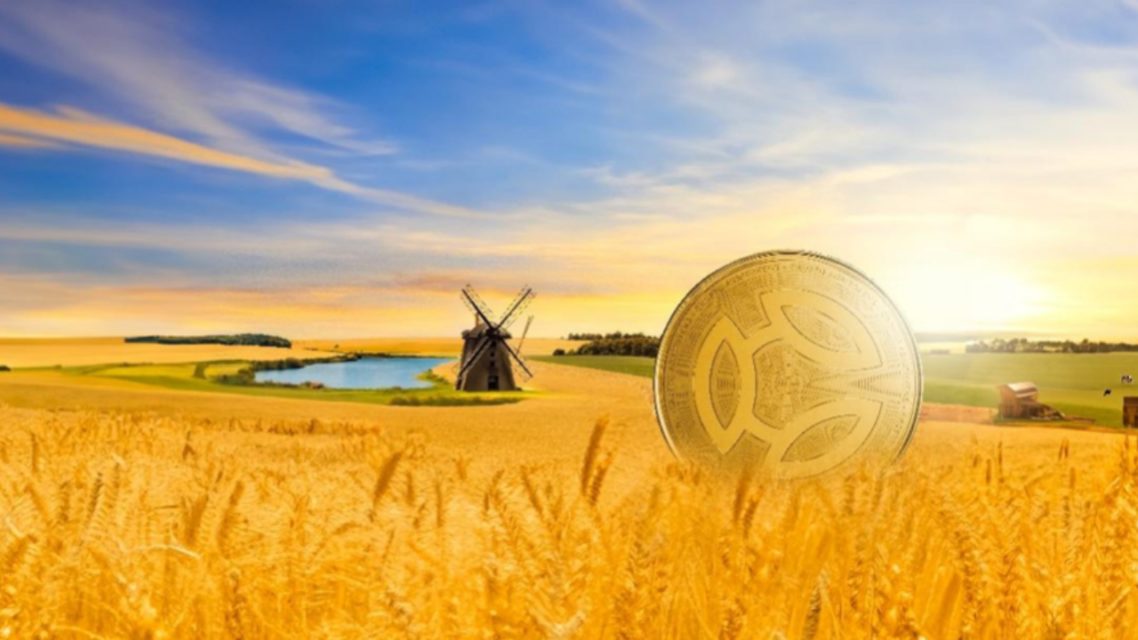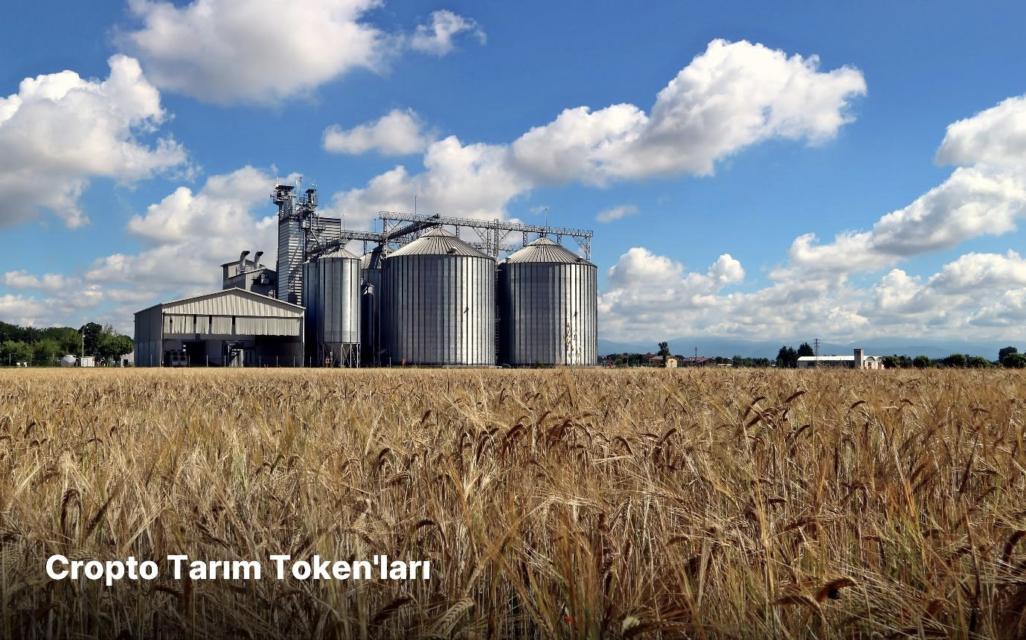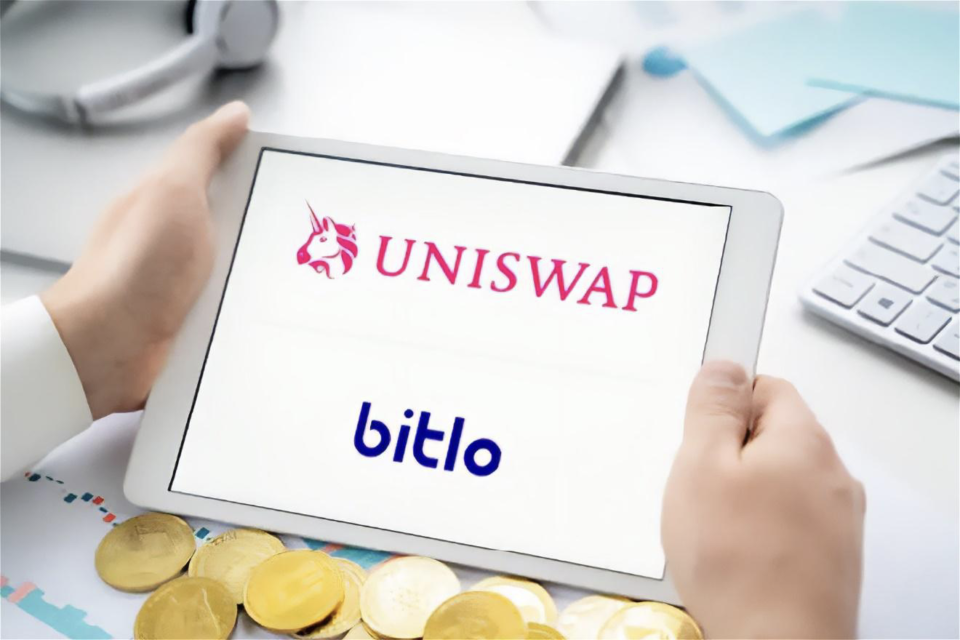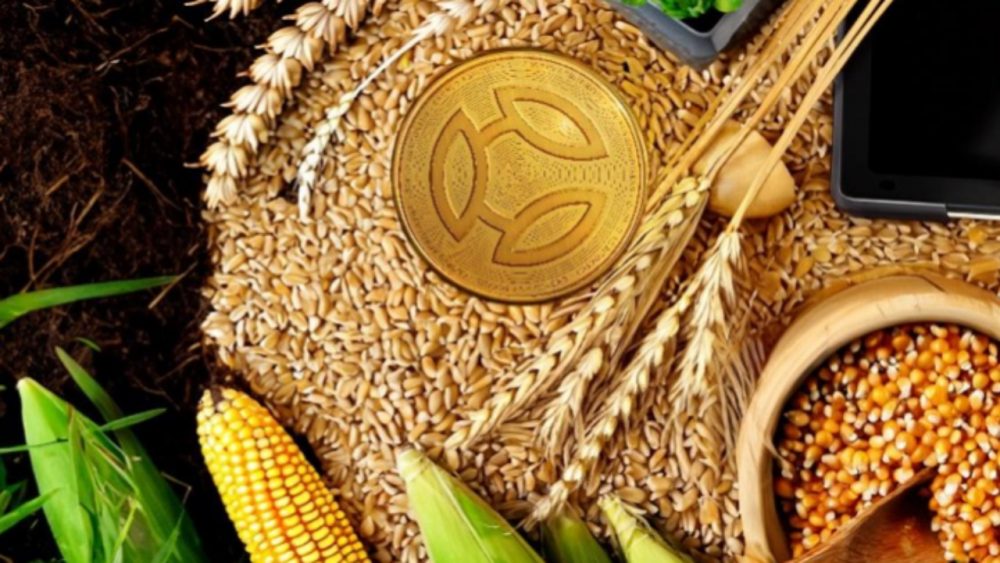Cropto, the fintech startup that introduced blockchain to the agricultural sector, creates tokens based on agricultural commodities, starting with wheat, and thus creates a new financial asset class.
Demir Aksoy, CEO of Cropto, which set out with the idea of tokens based on agricultural assets, says, “With agricultural financial technology projects, we pave the way for agricultural products grown on these lands to reach the financial value they truly deserve.” So what does agricultural asset-backed token mean?
Asset-based tokens, which reflect the value of the physical asset or financial product they represent, are produced in return for transferring the physical asset to the blockchain with some property information, that is, by creating a record in the blockchain distributed database.
Cropto’s whitepaper states that the asset-based tokens in question can be “stablecoins (such as USDT-Tether, USDC), real estate tokens, tokens based on physical works of art, and may be based on a commodity produced in exchange for a commodity.” “Cropto Tokens produced by the AGROS (Agriculture Operating System) software developed by Cropto are asset-backed tokens belonging to the main agricultural products of Wheat, Barley and Corn products or commodities and are included in the ‘commodity token’ class.”

Cropto’s main focus is on wheat-barley and corn products, which comprise more than 95 percent of the world agricultural commodity trade, as well as focusing on hazelnut products in Turkey, which produces more than 70 percent of the world’s hazelnut production. Cropto has completed the tokenization process of 20 agricultural products, including wheat, barley, corn and hazelnut products, and Cropto Agricultural Tokens are released in a controlled manner for each product and are listed on centralized and decentralized exchanges.
The criteria applied to agricultural products that can be tokenized as Cropto are listed as follows: “The criterion that agricultural products are unprocessed and can be stored for a minimum of one year is important to us. “Before the tokenization process of agricultural products, that is, before minting our tokens, we supply the relevant agricultural product at certain quality standards, with 1kg = 1 Token, and then store it in contracted secure warehouses, and then mint the tokens in return for the physical agricultural product.”
Tether of agricultural products
Academician Cemil Şinasi Türün, chairman of Cropto’s advisory board, examines the similarities and differences between Cropto tokens and stablecoins pegged to fiat currencies such as the US dollar, in his article titled Cropto Tokens, the Tether of Agriculture: “For Cropto tokens, the Tether of agricultural products The main reason why we say ‘i’ is that they are anchored to physical products such as wheat, barley and corn, that is, they are tokens that back these products as the underlying asset. “Both token types, namely stablecoins and Cropto Tokens, are in the asset-backed token category.”
Each Cropto token consists of 1 kg of wheat (CROW), which is kept in secure warehouses. barley (CROB) and 1 kg. Stating that mints are minted/exported, that is, printed, in return for corn (CROC), Türün said, “Before this printing process, agricultural products are procured from reliable markets, that is, they are purchased, and then an equivalent amount of these purchased products is issued, each token corresponding to one kilogram of product.” “In the future, blockchain tokens are printed digitally,” he said.
Another similarity that Türün emphasizes is that Cropto Tokens, such as USDT and USDC, are also designed in the ERC-20 standard: “Issuance and tracking can be done transparently on all EVM-compatible blockchain networks. Currently, the exchange of Croptos is done through the decentralized exchange called UniSwap, but also Cropto Wheat, Cropto Barley, Cropto Corn Tokens are traded in the Commodity and Agriculture tabs of Bitlo (https://www.bitlo.com), one of the quality and safe central exchanges of our country. . However, in addition to this, listing efforts are continuing in other central exchanges that list commodities.”
The most important factor that differentiates asset-backed tokens from stablecoins is the auditing of the value of the tokens in question. Cropto said, “Although stablecoins are asset tokens produced in exchange for fiat money, it is very difficult to control their counterparts. Because external audits only track a specific point in time, and it is impossible to control what happens in the time gaps between reporting such an audit.”
Transparent and auditable commodity tokens

However, according to the information shared in the whitepaper (www.cropto.io), it is emphasized that auditing Cropto commodity tokens is “very simple”: “It is very simple to audit Cropto commodity tokens produced in AGROS. The moment of production/redemption, the number, identity, etc. of employees who allow production/redemption are included in the single Warehouse Reserve Document, which corresponds to all tokens produced (mint) or redeemed (burn). It is completely clear and can be easily controlled. Information about which tokens were produced (mint) for which product with which Warehouse Reserve Certificate or which tokens corresponding to which Warehouse Reserve Certificate for which product were redeemed (burned) can be easily checked instantly in the AGROS system. At the same time, records of tokens produced or redeemed with the AGROS protocol can be easily observed on the blockchain.”
What is the AGROS protocol?
Stating that their aim is to create commodity tokens or commodity tokens by moving agricultural commodity-based assets to the blockchain, the whitepaper continues as follows: “In this way, we aim to create a new global market and adapt the transparent and decentralized value transfer opportunity provided by blockchain technology to the agricultural industry. “Agricultural commodities are not only the most important food consumption item for people, but also a vital product group that has great strategic importance and whose trade between countries has become a reason for war.”
‘There is a search for an alternative to the dollar in agriculture’

Emphasizing the search for a monetary system based on agricultural commodities around the world, Cemil Şinasi Türün said, “There is currently a trend going this way in the world: The group of countries called the Global South is looking for an alternative to the dollar in the exchange of oil, gas and agricultural products all over the world. So the dollar’s throne is shaking; “A commercial currency that can replace the dollar may emerge in the near future,” he said.
Cropto tokens are listed on the decentralized exchange Uniswap as well as the local centralized exchange Bitlo. While this article was being written, Cropto Wheat Token is traded at 8.69 TL, Cropto Barley Token (CROB) is traded at 7.63 TL, and Cropto Corn Token (CROC) is traded at 7.87 TL on the Bitlo crypto exchange. Cropto Tokens, which earn 10-25% to their investors even though it has been just 1 month since they were listed on the Bitlo central crypto exchange, provide a new generation and unique opportunity to invest in agricultural products 24/7 in a new generation and unique way to any citizen on the street and anyone in any region of the world. offers the opportunity.
You can follow our social media accounts and website to get up-to-date and detailed information about Cropto Agriculture Tokens.
Instagram/Facebook: @cropto.io
Youtube/X: @cropto_io
LinkedIn: @cropto – Cropto Agriculture Tokens




